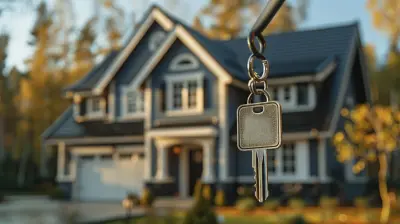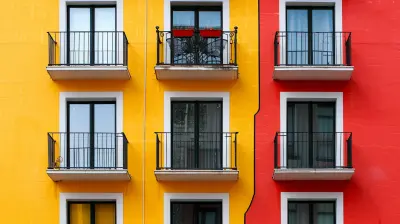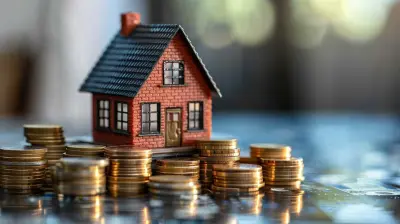Safety Standards Every Property Manager Should Enforce
16 October 2025
When it comes to managing a property, safety isn’t just a suggestion – it’s a responsibility. As a property manager, you have a duty to ensure that tenants, employees, and visitors feel secure within your buildings. From fire safety to structural integrity, every little detail matters.
Think of it this way: managing a property without strict safety measures is like driving a car without brakes. You might get lucky for a while, but sooner or later, disaster strikes. So, let’s talk about the essential safety standards that every property manager should enforce to create a secure, well-maintained environment.

1. Fire Safety Regulations
Fire hazards can turn deadly in moments, making fire safety one of the top priorities for property managers. Without the right precautions, a small spark can lead to catastrophic losses.Fire Alarms and Smoke Detectors
It’s not enough to install smoke detectors – they need to be regularly tested and maintained. A non-functioning smoke detector is as useless as a car without an engine. Property managers should schedule routine checks to ensure all fire alarms and smoke detectors are in perfect working condition.Fire Extinguishers and Sprinkler Systems
Fire extinguishers should be accessible in key locations like hallways, staircases, and kitchens. Additionally, a properly functioning sprinkler system can be the difference between a minor incident and a full-blown disaster.Clear Emergency Exits
Blocked emergency exits are a recipe for tragedy. Always ensure that hallways, stairwells, and doors remain unobstructed. Post clear signage so that in the case of an emergency, tenants can find their way out quickly and safely.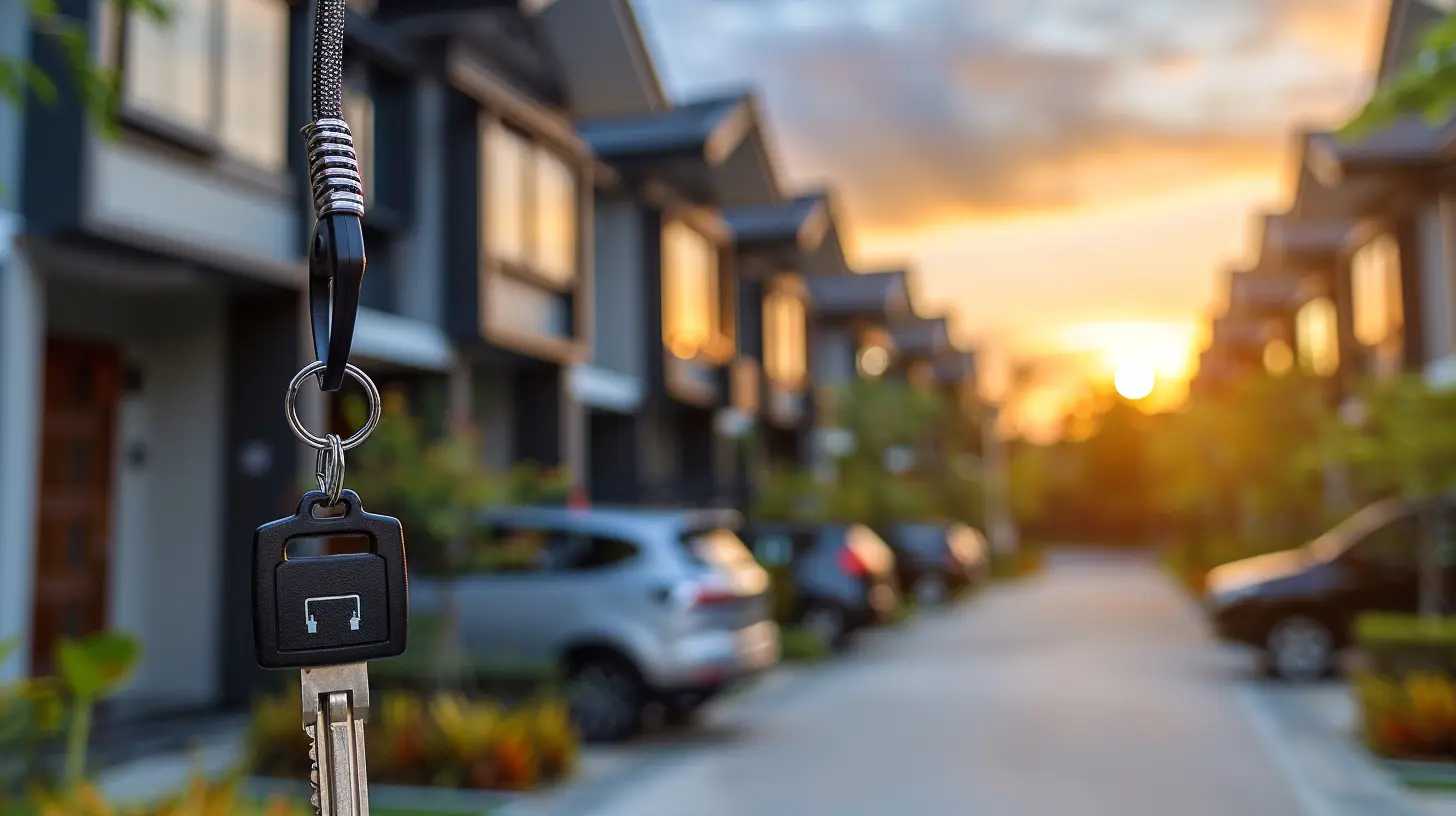
2. Electrical Safety
Faulty wiring and overloaded circuits are ticking time bombs waiting to go off. Electrical safety should be a non-negotiable priority.Routine Inspections
Electrical systems should be inspected at least once a year by a certified electrician. Loose wires, exposed circuits, or outdated panels need immediate attention.Safe Outlets and Power Strips
Encourage tenants to use power strips with surge protection and avoid overloading sockets. Overloaded circuits are one of the most common causes of electrical fires.Proper Grounding
Ensure that all major appliances and electrical systems are properly grounded. A poorly grounded electrical setup can cause shocks, fires, and even damage to appliances.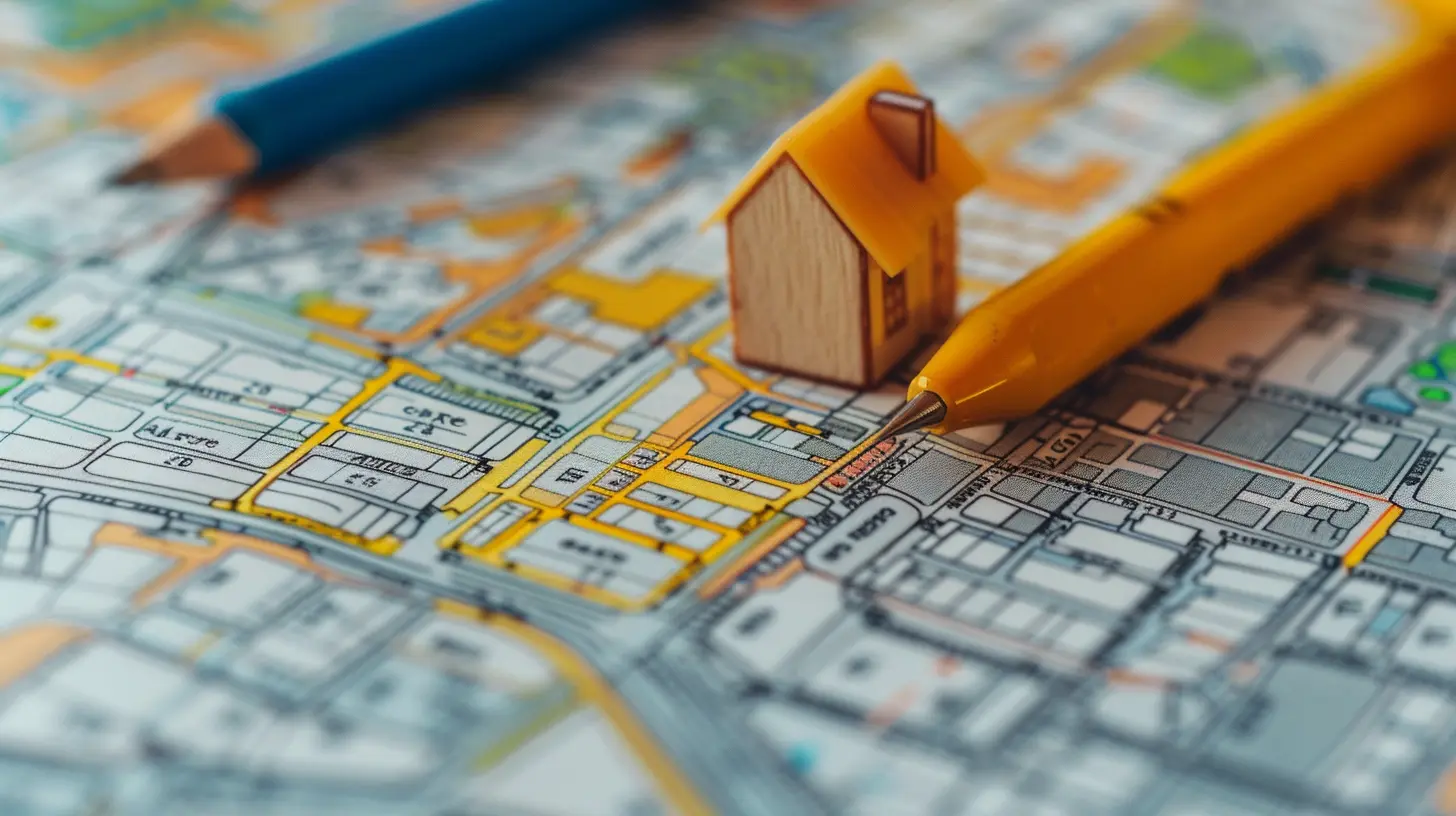
3. Structural Integrity and Maintenance
Imagine living in a building where the ceiling might collapse at any moment – terrifying, right? Structural safety should never be overlooked.Regular Inspections
Property managers should conduct routine inspections of roofs, foundations, walls, and stairways. Cracks, leaks, or any signs of wear should be addressed immediately.Safe Staircases and Railings
Loose railings and unstable staircases are accidents waiting to happen. Ensure that all staircases are sturdy and well-lit.Pest Control and Mold Prevention
A building may look fine on the surface, but what about the hidden dangers? Mold and pest infestations can weaken structural integrity and pose serious health risks. Regular pest control and moisture inspections should be part of your safety plan.
4. Security Measures
A safe property isn’t just about preventing fire and structural damage – it’s also about keeping crime at bay.Surveillance Systems
Security cameras act as both deterrents and evidence collectors. Install cameras in key areas such as entrances, hallways, parking lots, and common spaces.Proper Lighting
Dark alleys and poorly lit parking lots invite criminals like open doors. Keeping exterior and common-area lighting bright can significantly reduce security threats.Controlled Access and Locks
Consider using keycard systems or coded entry systems for common spaces. Changing locks and access codes whenever a tenant moves out ensures that only authorized individuals have access to the building.5. Elevator and Escalator Safety
For properties with elevators or escalators, safety becomes even more critical. One mechanical failure could easily lead to serious injuries.Routine Maintenance and Inspections
Elevators and escalators should be inspected and maintained by licensed professionals on a regular basis. Any malfunctions should be addressed immediately.Emergency Communication Systems
Elevators should have an emergency phone or intercom system in case a tenant gets stuck. Clear instructions on what to do in case of a malfunction should be posted inside the elevator.
6. Water and Plumbing Safety
Water leaks, pipe bursts, and contaminated water supplies can cause both property damage and health hazards.Leak Detection
Leaks not only waste water but can also lead to mold growth and structural damage. Property managers should schedule routine plumbing inspections to detect and fix leaks early.Water Quality Testing
Ensuring clean drinking water is a fundamental safety responsibility. Water should be tested periodically for contaminants, and if necessary, filtered systems should be installed.Preventing Slips and Falls
Wet floors are a leading cause of accidents. Ensure proper drainage systems in common areas and post warning signs when floors are wet.7. Emergency Preparedness and Tenant Awareness
What’s the point of having all these safety measures if tenants aren’t aware of them? Educating tenants on safety protocols is just as important as enforcing the standards.Emergency Evacuation Plans
Every tenant should know the evacuation route in case of a fire or other emergencies. Diagrams should be posted in visible areas, and fire drills should be conducted at least once a year.First Aid Kits and Training
A well-stocked first aid kit should be available in common areas. Hosting occasional CPR and first aid training sessions can prepare tenants and staff for emergencies.Communication Channels
Tenants should have a clear way to report safety concerns or maintenance issues. Whether it’s a hotline, email, or a designated app, keeping lines of communication open is key to addressing safety concerns promptly.
8. HVAC System Maintenance
A malfunctioning HVAC system isn’t just uncomfortable – it can be dangerous.Regular Filter Changes
Dirty air filters reduce air quality and can even lead to respiratory issues. Filters should be cleaned or replaced as per the manufacturer’s recommendations.Carbon Monoxide Detectors
Faulty heating systems can release carbon monoxide – an odorless, deadly gas. Installing carbon monoxide detectors near sleeping areas can save lives.Ventilation Checks
Proper ventilation prevents mold, humidity buildup, and air contamination. Regular inspections will ensure that vents and ducts are free from dust and blockages.Conclusion
A property manager’s primary goal should be to create and maintain a safe environment for tenants. Enforcing strict safety standards isn’t just about avoiding legal issues – it’s about protecting lives. From fire safety to structural maintenance, every aspect matters.At the end of the day, safety is a proactive effort, not a reactive one. Don’t wait for an accident to happen before taking action. Implement these safety standards today and make your property a secure, well-maintained place where tenants can live with peace of mind.
all images in this post were generated using AI tools
Category:
Property ManagementAuthor:

Travis Lozano
Discussion
rate this article
1 comments
Kova Wood
Great insights on safety standards! Ensuring these practices are enforced not only protects residents but also enhances property value. A proactive approach to safety is essential for fostering a secure living environment. Thank you for sharing!
October 21, 2025 at 3:37 AM

Travis Lozano
Thank you for your positive feedback! I'm glad you found the insights valuable. Prioritizing safety truly benefits both residents and property value.
